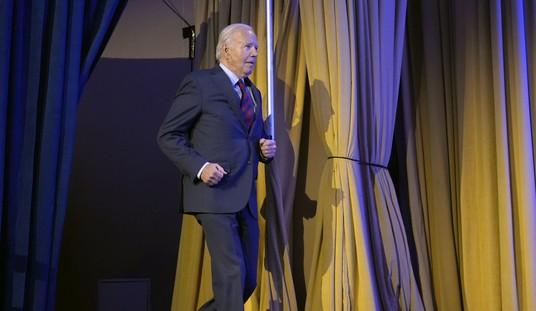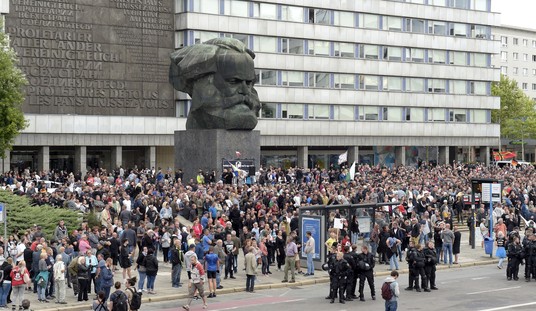Analysis
Iran's Islamic Revolutionary Guard Corps (IRGC) is slated to conduct naval exercises in the Strait of Hormuz later this month as part of the seventh "Great Prophet" exercise, the latest in a series of exercises dating back to 2006. The IRGC has already begun ground maneuvers (Hamiyan-e Velayathave) further inland. This year opened with the end of the Velayat-90 naval exercises, followed by ground maneuvers conducted near the Afghan border (Shohaday-e Vahdat).
Each exercise highlights Iran's need to heighten the credibility of its military capabilities. A strong perception that Iran could not only initiate but sustain action in the Strait of Hormuz strengthens the credibility of its deterrent against U.S. military action. But with U.S. warships located in the Persian Gulf and the wider region, Iran must boost such perceptions carefully to avoid revealing operational vulnerabilities or sparking an unintended escalation.
The Great Prophet exercises are led by the more ideologically committed IRGC, which has been involved in some of Iran's most aggressive recent behavior -- its gunboats harassed the USS Hopper (DDG 70), USS Port Royal (CG 73) and USS Ingraham (FFG 61) while transiting the strait in January 2008 -- and some of the most overtly staged displays of military power.
Perhaps the most notorious recent incident took place in 2008 during the third Great Prophet exercise. The IRGC staged a simultaneous launch of multiple ballistic missiles and rockets in a manner clearly designed more as a public relations stunt than a tactically representative exercise. After one of the missiles failed to launch, Iran released forged photos showing a fully successful launch. The images appeared prominently in newspapers throughout the West.
Recommended
The incident reflects the inherently political nature of military exercises. They are both a demonstration of and a process for refining military capability. The perception of a military's capability is at the core of both warfare and international relations. And while a small group of experts followed the subsequent news of Iran's forgery, the wide distribution of the altered photo likely enhanced such perceptions. Therefore, Iran may have considered the forgery a success. Additional staged photo opportunities can likely be expected during the upcoming maneuvers.
Iran's Deterrence Strategy
Iran's overall military strategy rests on deterrence. It cannot repel a concerted, sustained air campaign conducted by the United States. And despite multiple denials and significant disinformation efforts, Tehran cannot assume the punishment it would sustain from a U.S. attack would not be severe. If the United States has good intelligence (which is hardly assured given the ongoing denial and disinformation campaign being conducted by Iran), can achieve the element of surprise and can sustain a lengthy air campaign, Tehran must consider the possibility that its nuclear program could be set back as much as a generation. It is Stratfor's assessment that the Israeli air force cannot effectively attack the enormous target set Iran presents. And the United States must consider the possibility that without the three aforementioned factors, an unsuccessful attack could fail to set Iran's program back more than a few years.
Thus Tehran must ensure that Washington always finds the consequences of an attack more costly than enduring Iran's behavior. Iran's ballistic missile arsenal and its clandestine assets across the region serve this purpose. But the real calculus involves the steady flow of crude oil through the Strait of Hormuz. Although the majority of this oil does not flow to the United States, a disruption to oil markets could severely destabilize the U.S. economy in the midst of a global economic crisis. This is Iran's central deterrent.
Balancing Perception and Risk
Iran's task would be far less complex than the U.S. military's challenge to keep the Strait of Hormuz open for large, slow-moving crude-laden tankers to transit safely. But the U.S. naval presence off Iran's coast is significant. Iran's ability to effectively command and coordinate military operations in the strait is a serious challenge. The stronger the perception that Iran can both initiate action in the strait and sustain it, the more credible the deterrent.
These are complex and continually evolving military dynamics that require ongoing rebalancing of tactics and operational concepts. And they require command and control. To this end, the IRGC has increasingly emphasized independent and autonomous operations once the command is given to initiate hostilities. This is an important standard, but it requires considerable training.
Iran must strike a balance. While refining its capabilities, Iran must be careful not to expose any weaknesses in operational practice, thus undermining Western perception of Tehran's capabilities. Doctored photos in Western newspapers successfully alter public thinking, but the U.S. military monitors Iranian activity with a more sophisticated eye.
Cold War Dynamics
As Stratfor has argued, attempting to disrupt traffic in the strait is Iran's most potent military option. Similar to the Cold War dynamic between the United States and the Soviet Union, neither Washington nor Tehran wants war -- but the risk for miscalculation and subsequent escalation is significant. Similar to the actual nuclear dynamic between the two superpowers, any exchange in which Iran attempts to close the Strait of Hormuz means that Iran's strategy of deterrence has already failed. High-consequence brinksmanship magnifies problems of both negative and positive control: It must prevent an unauthorized use of force by hard-line commanders. And it must ensure that its orders can be properly communicated and executed.
At this point, a conflict in the strait is not likely to result from a deliberate initiation by either side. Instead, the primary risk is a skirmish or incident that escalates following a misunderstanding or miscalculation.
This article reprinted by permission of Stratfor.

























Join the conversation as a VIP Member